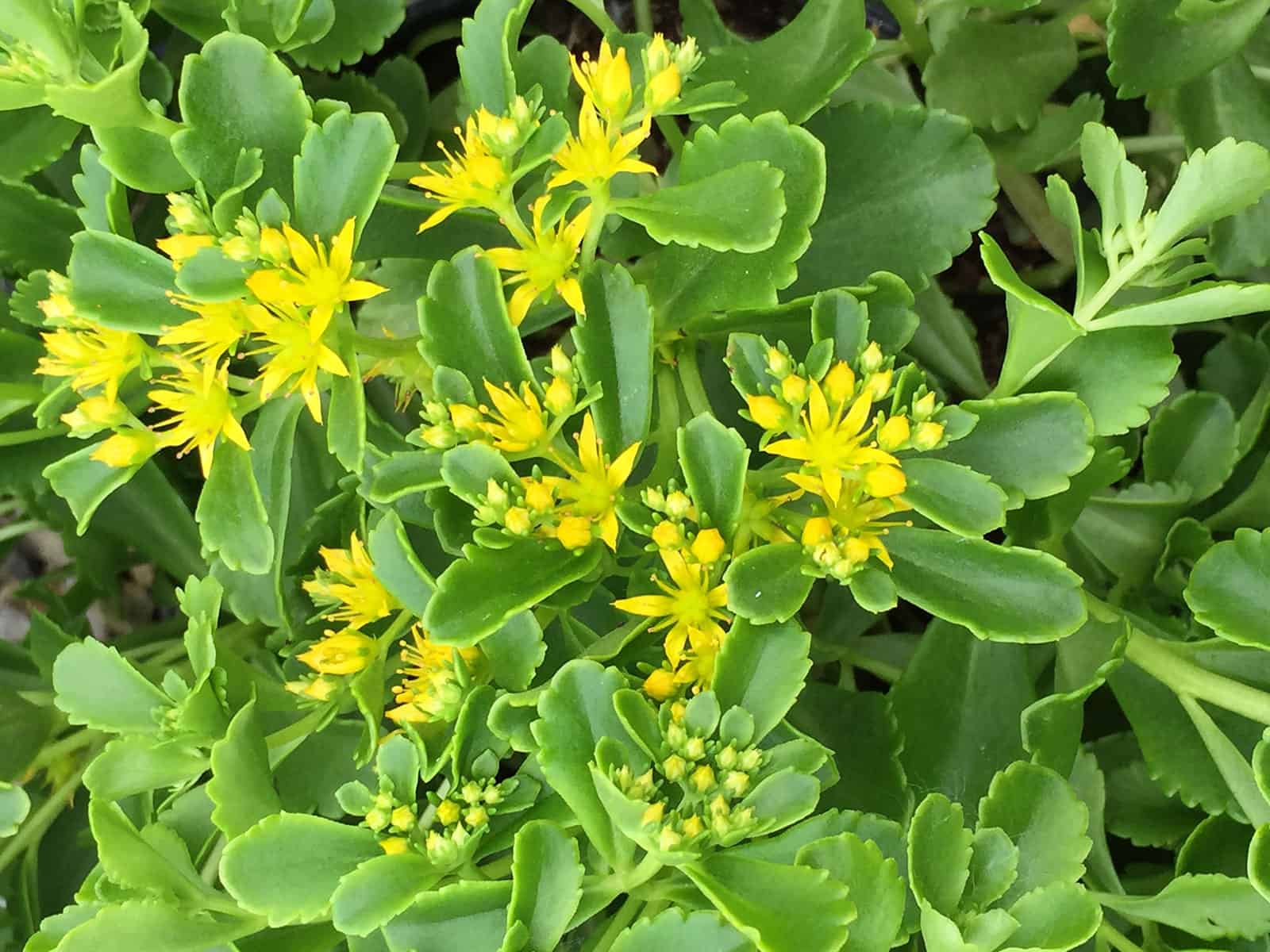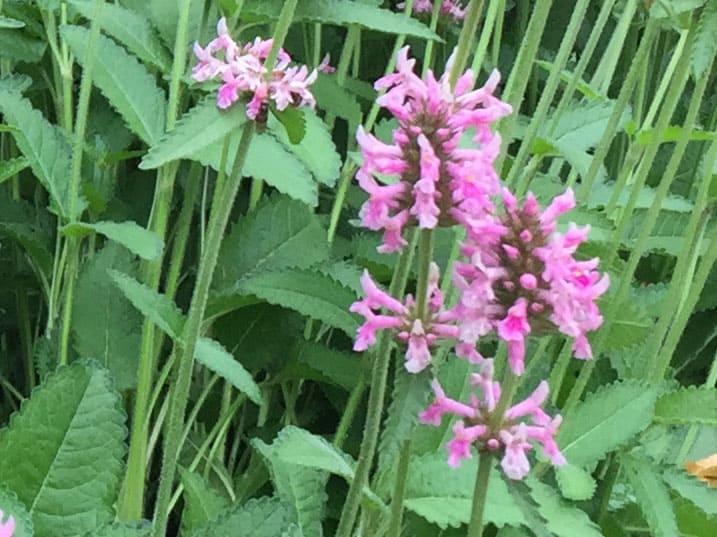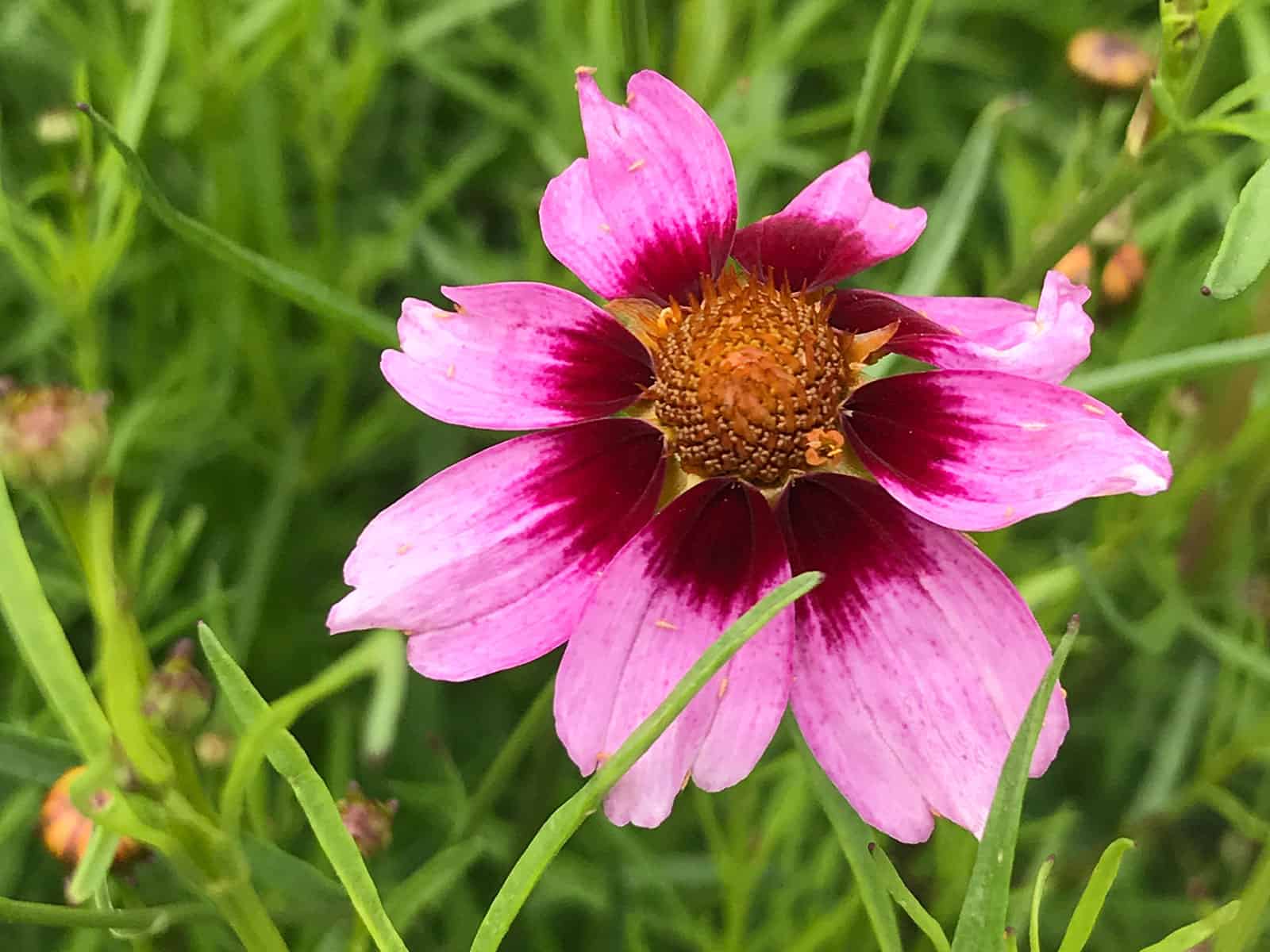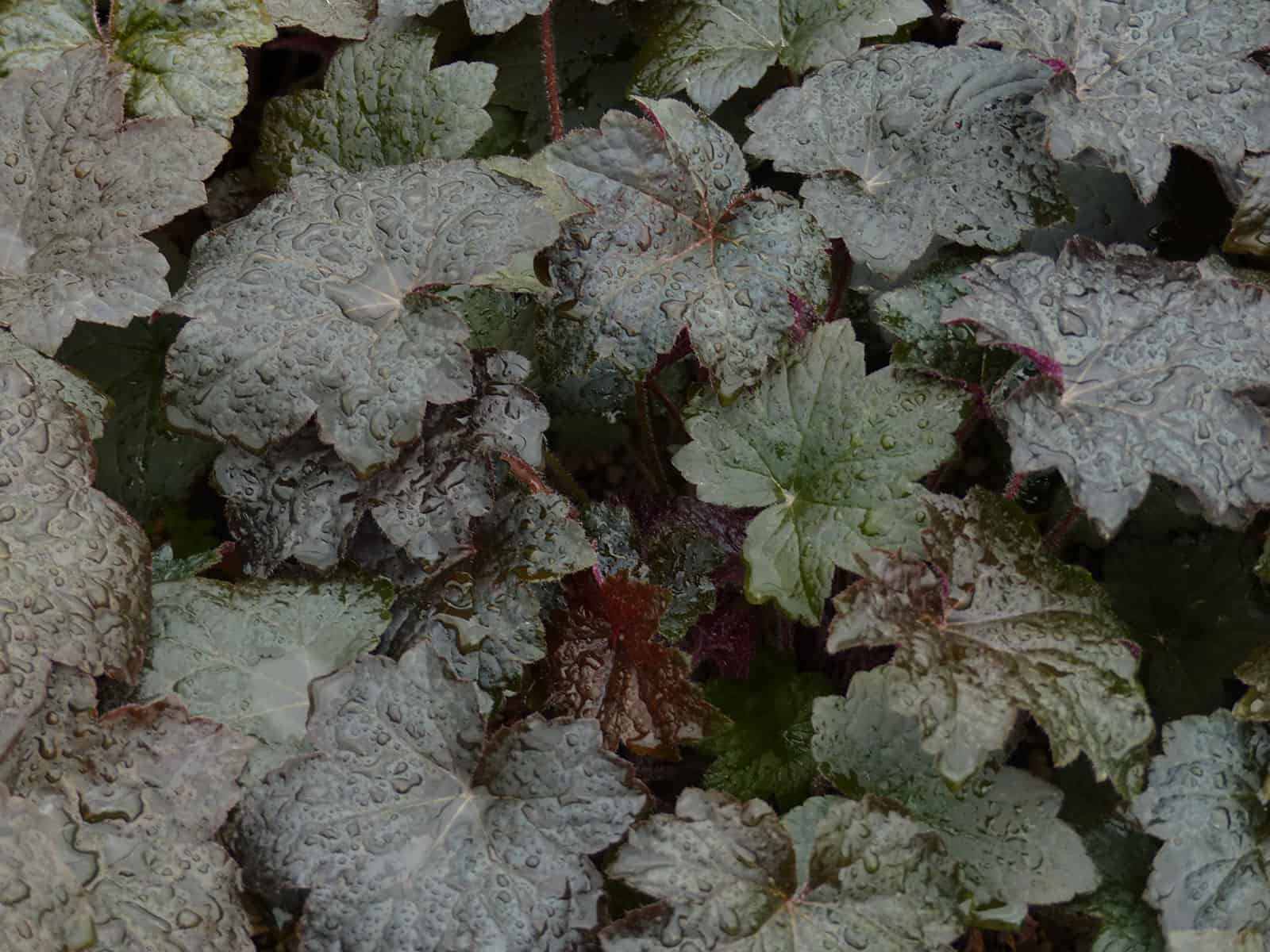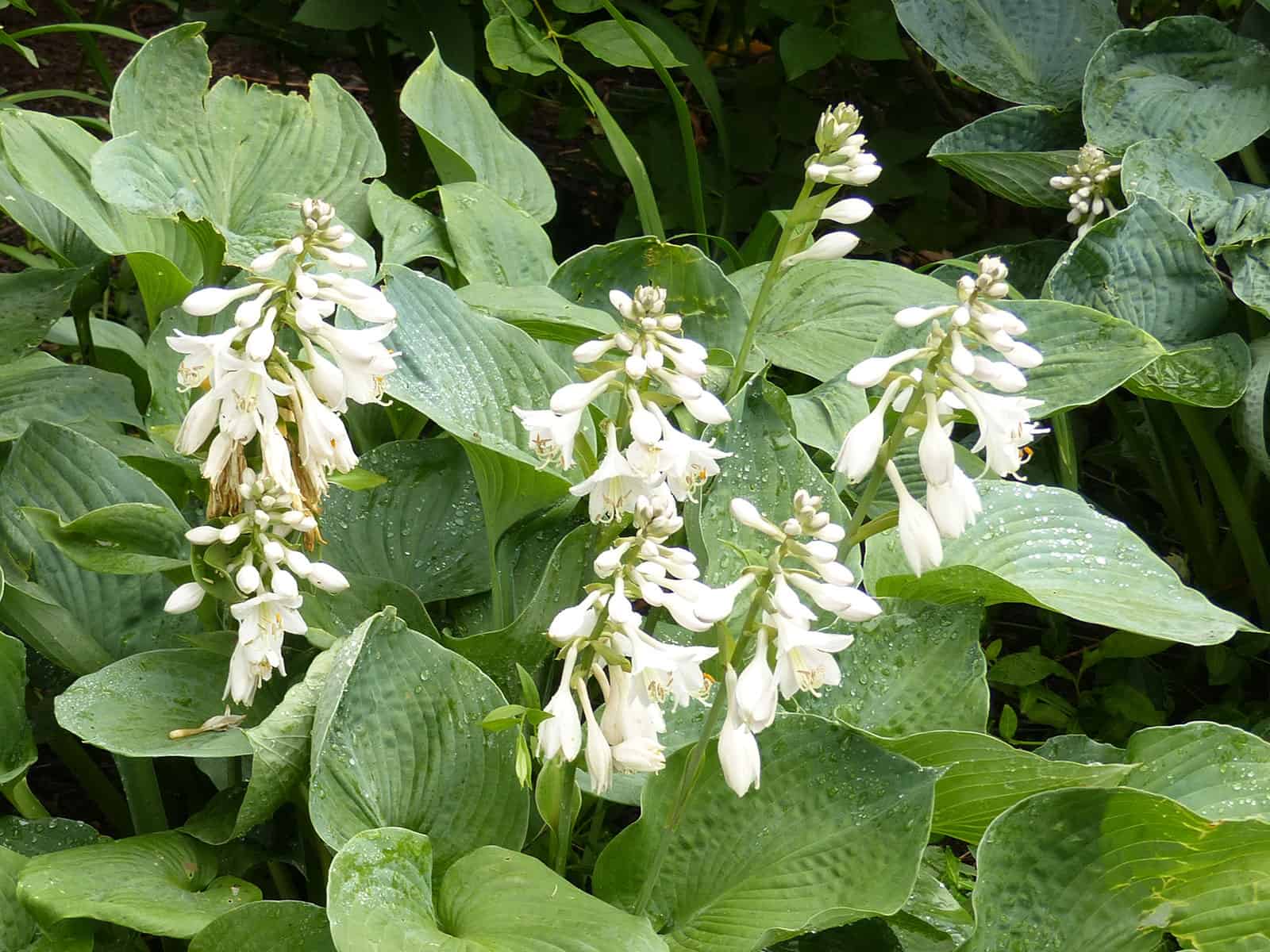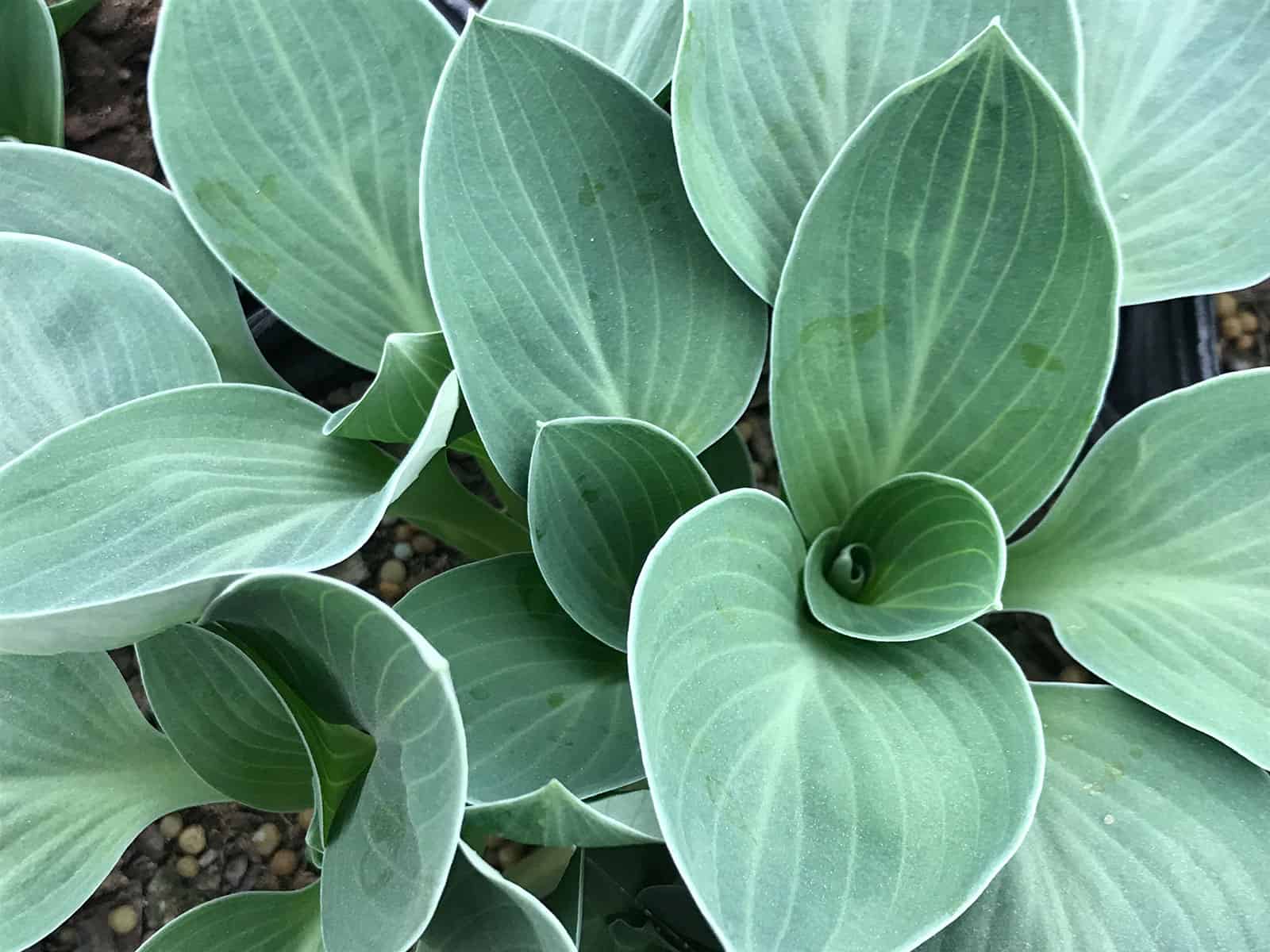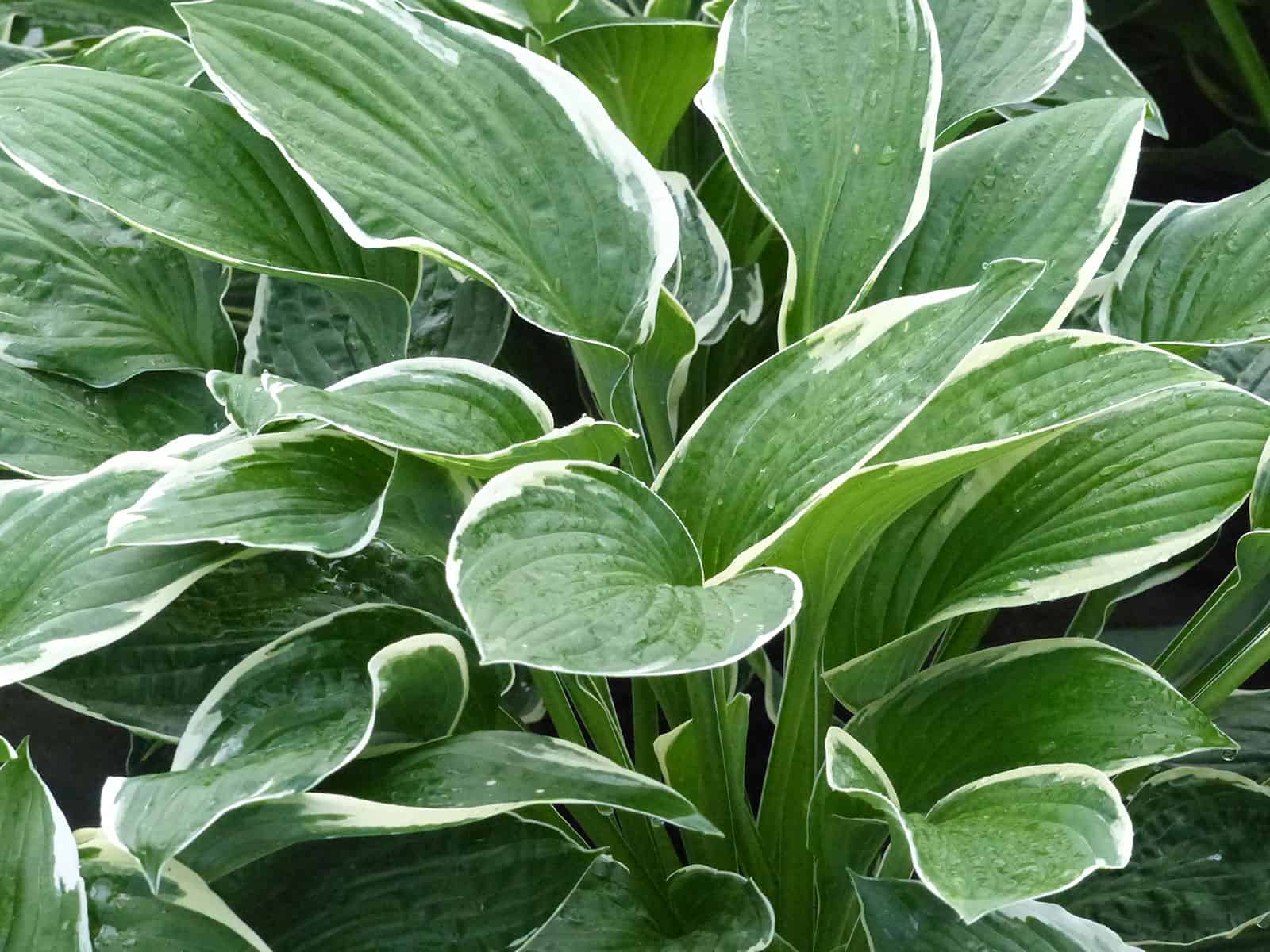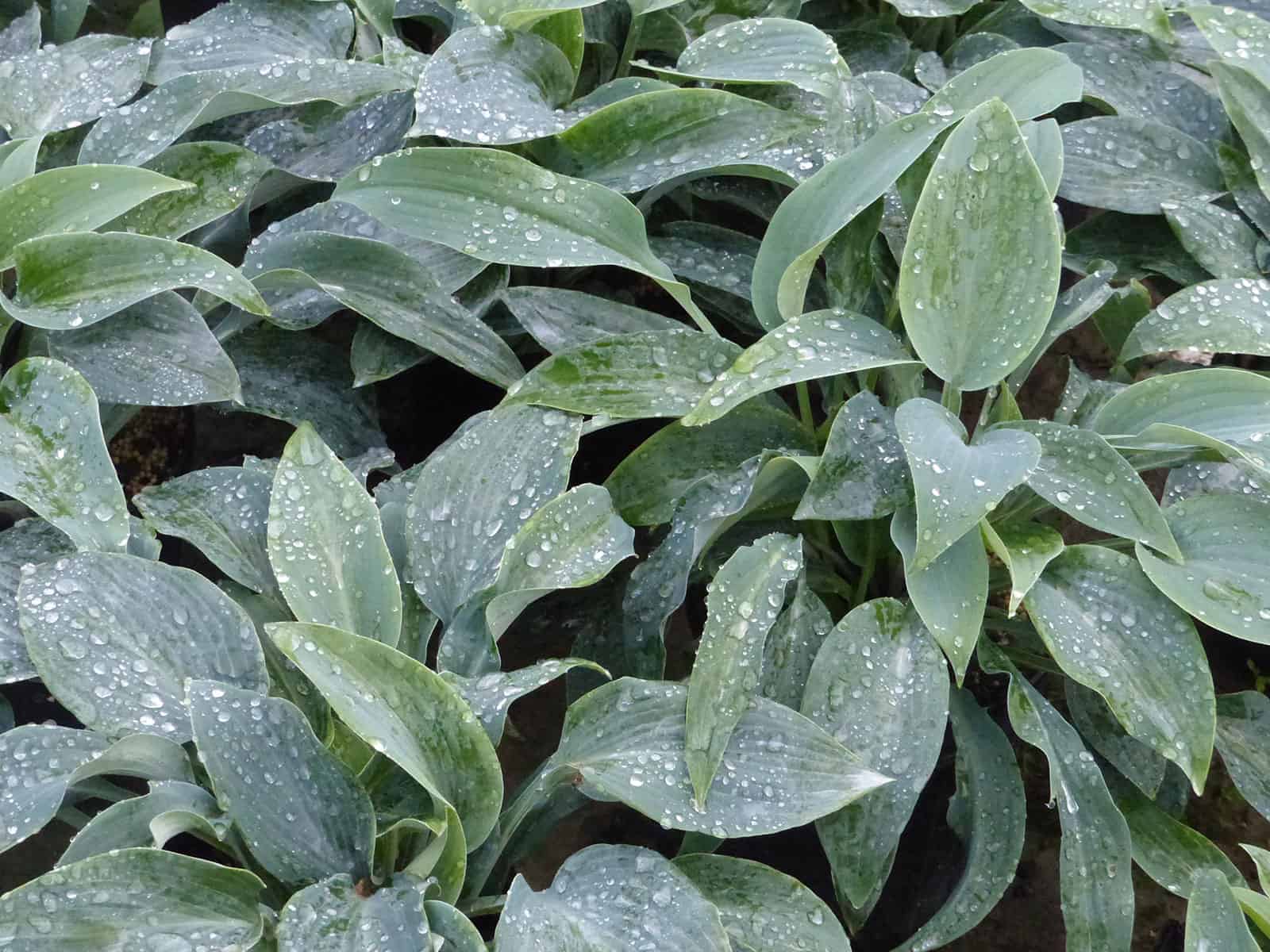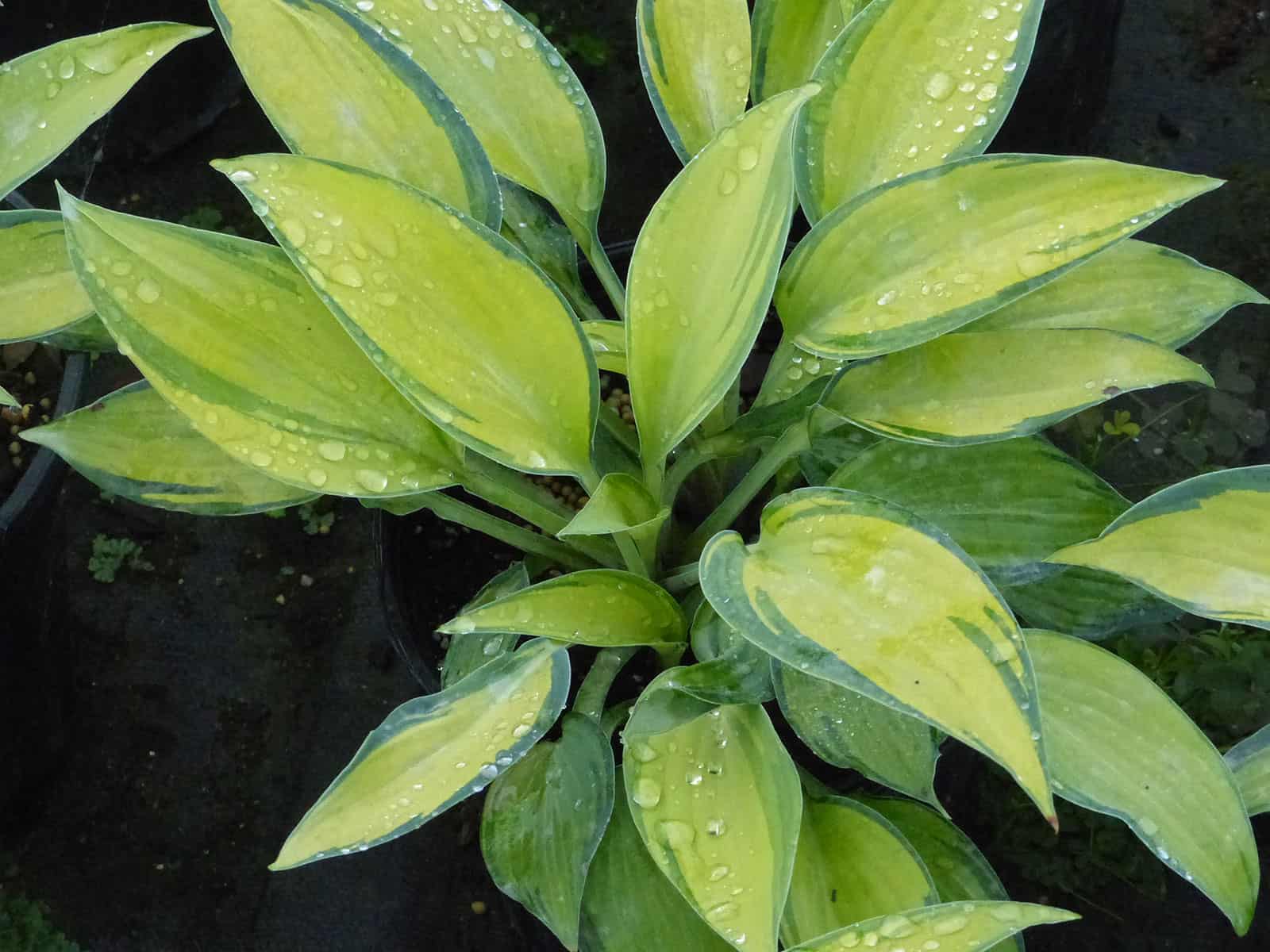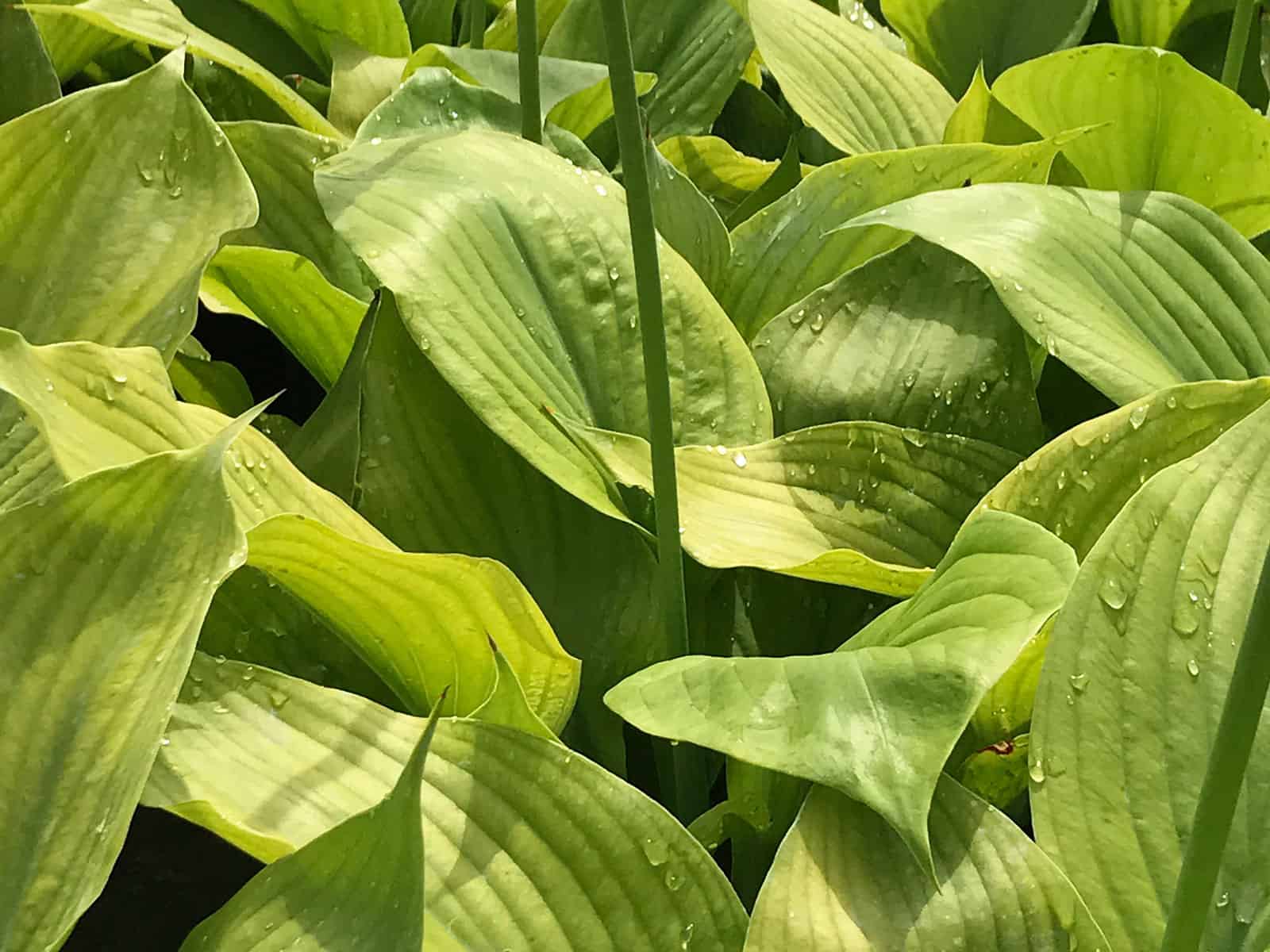Easily grown in evenly moist, organically rich, well-drained soils in part shade to full shade. Best in part shade (some morning sun or sun dappled conditions). Established plants have some tolerance for dry shade (particularly plants with thick leaves), but soils should never be allowed to dry out. Full size and quality form are best achieved with consistent moisture. Water is best applied directly to the soil beneath the leaves. Divide plants as needed in spring or autumn. Division is usually easiest in early spring before the leaves unfurl. Plant in locations protected from wind.
Noteworthy Characteristics: Hosta is a genus of about 70 species of shade-loving, rhizomatous, clump-forming, herbaceous perennials which are native to open woodlands, woodland margins and glades in Japan, Korea, China and eastern Russia. Hostas are primarily grown for their ornamental foliage. Stalked, conspicuously-veined, often dense, basal leaves in a variety of shapes, sizes, colors and textures rise up from a central rhizomatous crown to form a rounded to spreading mound of foliage. Bell or funnel-shaped flowers in terminal, mostly one-sided racemes bloom in late spring or summer atop vertical, unbranched, usually leafless but frequently bracted scapes which rise upward from the crown or rootstock to a point often well above the foliage mound.
Tardiana Group is applied to a group of hybrids resulting from a cross between H. tardiflora and H. sieboldiana var. elegans. Plants are usually under 18″ tall and have blue-green leaves.
Genus name honors Austrian botanist Nicholas Thomas Host (1761-1834) and was first established in 1812. The genus was subsequently renamed in 1817 as Funkia in honor of botanist Heinrich Christian Funk under the belief at that time that Hosta was an invalid name. Hosta was finally reinstated as the genus name in 1905 by the International Botanical Congress.
Funkia remains a popular common name today in some areas. An additional common name for plants in this genus is plantain lily (foliage is somewhat plantain-like and flowers are somewhat lily-like in some species).
‘Halcyon’ is one of the best and most popular of the blue hosta cultivars. An erect plant to 14″ tall featuring a mound of flat, spear-shaped, heavily-textured, blue-green leaves and racemes of bell-shaped, pale lilac-blue flowers on 26″ scapes. This cultivar retains blue leaf color longer than most other blue hostas. A slower growing hosta (takes several years to develop mature shape) that is a dependable and versatile perennial requiring little care. Grown primarily for its beautiful foliage which provides color, contrast and texture to the landscape. Dense foliage crowds out most garden weeds. American Hosta Society Distinguished Merit Hosta award (1987).
Problems: Slugs and snails are attracted to the foliage, chewing jagged holes in the leaves, and if left unchecked, can cause serious damage over a fairly short period of time. Watch for foliar nematodes which feed on the leaves causing interveinal browning. Leaf spots and crown rot are less frequent problems. Plants infected with Hosta Virus X (HVX), tobacco rattle virus or tomato ring spot virus should be immediately removed from garden areas and destroyed. Otherwise, hostas are virtually pest-free and are considered ideal low-maintenance garden perennials. Leaves, particularly of exposed plants, can be severely damaged by hail storms. Leaves are commonly eaten, often voraciously, by deer.
Garden Uses: Hostas are a mainstay of shade gardens. Notwithstanding the often showy flowers produced, hostas are primarily grown in shady areas for the often ornamental excellence of their foliage. Very effective in groups or massed. Shady borders, shade gardens or woodland gardens.
